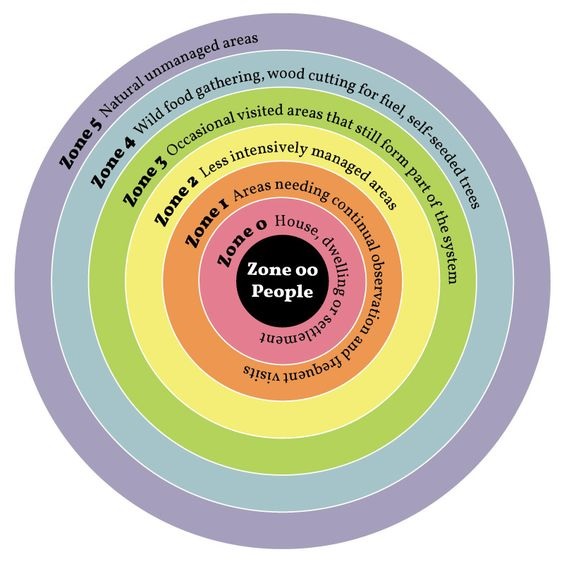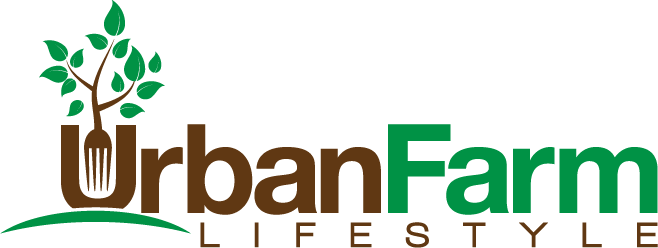
Natural Design
Permaculture is agriculture focused on utilizing the natural design of ecosystems instead of individual elements.
Enjoy,
David Proctor

Urban Farmer/Rancher
Using Natural Design
by David Proctor
May 25, 2023
Urban Farm Lifestyle Magazine Published Weekly
Permaculture is a system of agricultural and social design principles centered around simulating or directly utilizing the patterns and features observed in natural ecosystems.

Permaculture 101 by Rodale’s Organic Life
“How to put natural landscaping practices to use in your own backyard.”
“Combining the best of natural landscaping and edible gardening, permaculture systems sustain both themselves and their caregivers.
The ultimate purpose of permaculture—a word coined in the mid-1970s by two Australians, Bill Mollison, and David Holmgren—is to develop a site until it meets all the needs of its inhabitants, from food and shelter to fuel and entertainment.
While it’s the rare home gardener who can follow permaculture principles to the ultimate degree, most can borrow ideas from the permaculture ethos with landscaping techniques based on production and usefulness.”

Permaculture Wall
Saved from permaculture.co.uk
“Permaculture emphasizes the use of native plants or those that are well adapted to your locale.
The goal here is to plant things you like while making sure they have a purpose and benefit the landscape in some way.
Plants such as fruit trees provide food as well as shade; a patch of bamboo could provide stakes for supporting pole beans and other vining plants.
Permaculture gardeners grow many types of perennial food plants—such as arrowhead, sorrel, chicory, and asparagus—in addition to standard garden vegetables.”
“Like all gardeners, permaculture enthusiasts love plants for their beauty and fragrance, but they seek out plants that offer practical benefits along with aesthetic satisfaction.

Instead of a border of flowering shrubs, for instance, a permaculture site would make use of a raspberry or blackberry border.”
Permaculture Guidelines
There is no set formula for developing this type of design, but there are best practices.
1. Copy nature’s blueprint and enhance it with useful plants and animals. Think of the structure of a forest and try to mimic it with your plantings.
A canopy of tall trees will give way to smaller ones, flanked by large and small shrubs, and finally, by the smallest plants.
Edge habitats, where trees border open areas, are perfect for fruiting shrubs, such as currants, and for a variety of useful native plants, such as beargrass (Xerophyllum tenax), which is used for weaving baskets. Mimicking these natural patterns provides for the greatest diversity of plants.
2. Stack plants into guilds. A guild includes plants with compatible roots and canopies that might be layered to form an edge.

As you learn more about your site, you’ll discover groups of plants that work well together. For example, pines, dogwoods, and wild blueberries form a guild for acid soil.
3. Make use of native plants and others adapted to the site.
4. Divide your yard into zones based on use. Place heavily used features, such as an herb garden, in the most accessible zones.
5. Identify microclimates in your yard and use them appropriately. Cold, shady corners; windswept spots in full sun; and other microclimates present unique opportunities. For instance, try sun-loving herbs like creeping thyme on rocky outcroppings; plant elderberries in poorly drained areas.”
I am still new to the concept of permaculture so I let others tell the story.
What I get out of this is to let nature take the lead and realize that we should observe nature’s self-sustaining and regenerative processes.
I plan to continue this approach in the future.
Check It Out!
Quick Tip

Bibliography:
“Permaculture.” Wikipedia. Wikimedia Foundation, n.d. Web. 21 May 2023.
“Permaculture 101.” Rodale’s Organic Life. N.p., 2 June 2015. Web. 21 May 2023.
“Permaculture Principles – Thinking Tools for an Era of Change.”Permaculture Principles. N.p., n.d. Web. 21 May 2023.

Recent Comments